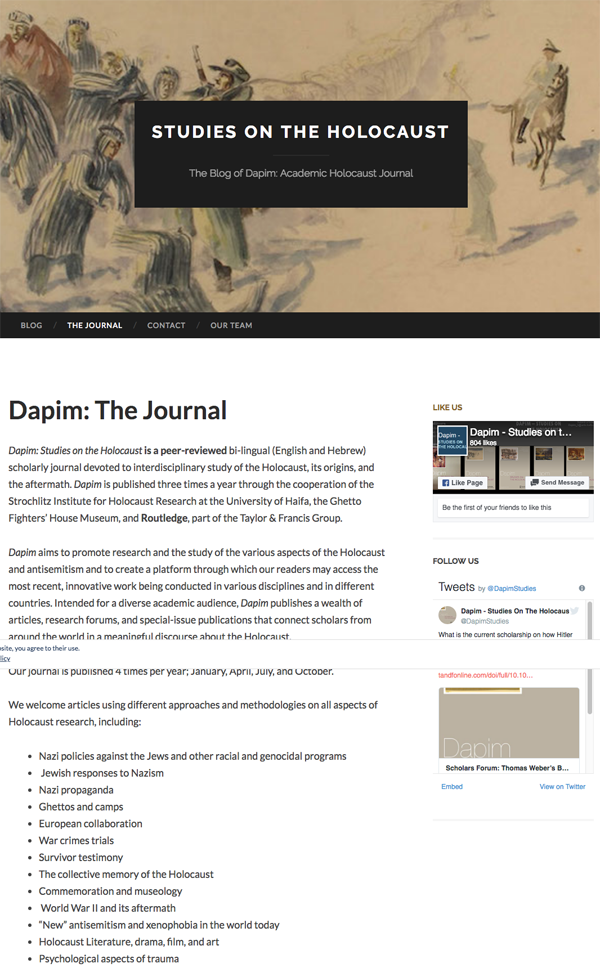Even before the establishment I 1954 of "Yad Vashem", the official Holocaust commemorative institution in Israel, several Israeli officials were occupied with the development of means of commemorating the murdered Jews in Europe. As early as 1942, Mordechai Shenhavi suggested a park that would serve to commemorate the victims of the Nazi regime. Years later, in 1961, the first such monument, Ohel Yizkor (Hall of Remembrance) , was inaugurated and initiated a commemorative project, a park campus, where the most recent addition is the new historic museum which opened in 2005 and is a monument in and of itself.
An examination of the patterns of spatial commemoration at "Yad Vashem" as they developed throughout the years reveals that most of its monuments, both spatial and solid, used the landscapes part of the commemorative strategy. Either buried in the ground, or extruding out of the land, using the local vegetation as a monument, the architectural means of commemorating the Shoah at "Yad Vashem" integrated land, space and memory.
In this essay, through a process of mapping and analyzing the monuments in "Yad Vashem", I claim that the preoccupation with land and landscape at "Yad Vashem" exists to compensate for the fact that the Shoah did not take place in Jerusalem. Usually, monuments integrate space and time in an effort to symbolize the event (time) and the place (space) where the event occurred. My claim is that since the Shoah did not happen in Jerusalem, most monuments relating to it relate to the land, in an attempt to compensate for the detachment of space and time.













